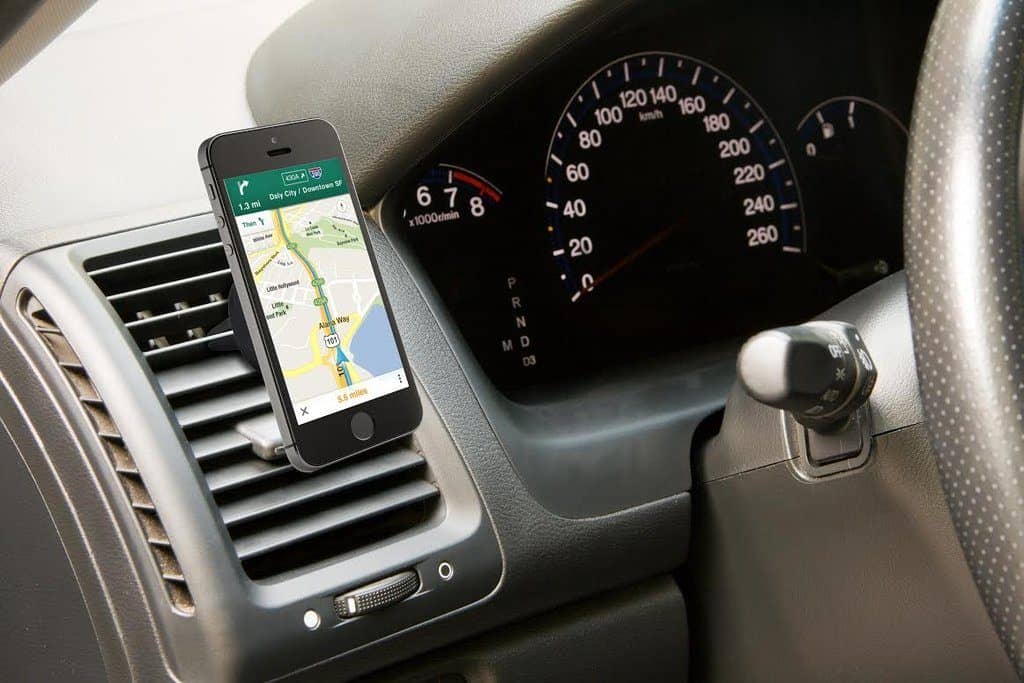Many of you would have lived the life of actual maps where there was no such blessing of a smartphone and Google Maps. You would be immensely thankful for the voice directions at each step in these new maps’ applications. However, even Siri or the Google voice assistant often get you into trouble at times. They start to give you directions about another parallel road when you are not even driving on it. Don’t curse poor Siri because it is the fault of your GPS, not the voice assistant.
The GPS systems in our phones are not inaccurate, but their accuracy is only about 3 meters. Those three meters can place you at the adjacent parallel road, or may just show that you are strolling along the road. It may not be the biggest nightmare but not the most convenient setting either. Your GPS trouble now comes to an end as a terrific solution was presented at the ION GNSS+ conference in Portland, Oregon. At the event, Broadcom announced that they are sampling the first mass-market chip that will improve the GPS accuracy by 30 centimeters.
The Broadcom chip will make use of the modern global navigation satellite signals and bring the 30 cm accuracy to our smartphones. What makes it even more exciting is the fact that it consumes half as much power as the chips that we use today. Labelled BCM47755, the chip has already been made a part of a few smartphones that will be released in 2018. Sadly, Broadcom has refused to announce the names of those smartphones.
Most GPS and Global Navigation Satellite Services (GNSS) that we use today determine our location by calculating their distance from three or more satellites. These systems broadcast a message called L1 signal that packs satellite’s location, time, and a signature pattern for identification. However, the newer generation of satellites broadcast L5, a more complex signal that also has frequency information embedded in it. The receiver determines the distance from the satellite by determining the time it took for the signal to get from satellite to the receiver.
The new Broadcom system makes use of both the L1 and L5 signals by first locking on the satellite with the L1 signal, and then refining the calculated location with L5. A city flooded with high-rise buildings causes a lot of reflection to the satellite signals, but the L5 signals are significantly more accurate and less prone to distraction. The direct and the reflected signals reach the chip at slightly varying times, and their overlap causes a signal blob. The receiver then determines the peak in this blob and fixes the arrival time. The accuracy of this calculation is lower for a messier blob.
Fortunately, the L5 signals are very short, so they are highly unlikely to cause an overlap. The chip thus ignores any signal after the first one and uses the phase information in the carrier signal to improve the accuracy further.
There are several other satellite systems in many countries to improve the accuracy of GPS. This includes Bosch, Geo++, Mitsubishi Electric, and U-blox that came together to form a joint venture called Sapcorda Services. Japan’s $1.9-billion Quasi-Zenith Satellite System (QZSS) is working along the same lines. It uses error correction to improve accuracy. The project has planned to launch 4 satellites for this purpose. Thier last one will be added in October, placing one of the last stones to the system that will be coming online in 2018.
The accurate GPS system from Broadcom is going to make life a lot easier for all of us. We cannot wait for 2018 to get on our new smartphones with this high-tech GPS.

